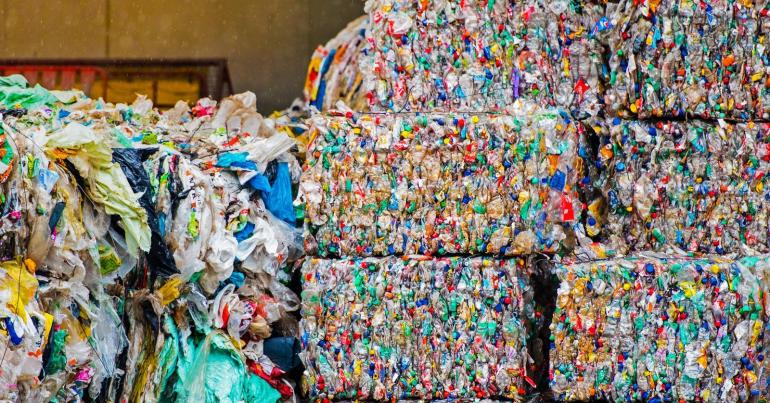The world is producing twice as much plastic waste as two decades ago, with the bulk of it ending up in landfill, incinerated or leaking into the environment, and only 9% successfully recycled, according to a new Oecd report. The Organisation for Economic Co-operation and Development is an international organisation that works to build better policies for better lives.
Ahead of UN talks on international action to reduce plastic waste, the Oecd’s first Global Plastics Outlook shows that as rising populations and incomes drive a relentless increase in the amount of plastic being used and thrown away, policies to curb its leakage into the environment are falling short.
Almost half of all plastic waste is generated in Oecd countries, according to the Outlook. Plastic waste generated annually per person varies from 221 kg in the United States and 114 kg in European Oecd countries to 69 kg, on average, for Japan and Korea. Most plastic pollution comes from inadequate collection and disposal of larger plastic debris known as macroplastics, but leakage of microplastics (synthetic polymers smaller than 5 mm in diameter) from things like industrial plastic pellets, synthetic textiles, road markings and tyre wear are also a serious concern.
Oecd countries are behind 14% of overall plastic leakage. Within that, Oecd countries account for 11% of macroplastics leakage and 35% of microplastics leakage. The Outlook notes that international co-operation on reducing plastic pollution should include supporting lower-income countries in developing better waste management infrastructure to reduce their plastic leakage.
The report finds that the Covid-19 crisis led to a 2.2% decrease in plastics use in 2020 as economic activity slowed, but a rise in littering, food takeaway packaging and plastic medical equipment such as masks has driven up littering. As economic activity resumed in 2021, plastics consumption has also rebounded.
Reducing pollution from plastics will require action, and international co-operation, to reduce plastic production, including through innovation, better product design and developing environmentally friendly alternatives, as well as efforts to improve waste management and increase recycling.
Bans and taxes on single-use plastics exist in more than 120 countries but are not doing enough to reduce overall pollution. Most regulations are limited to items like plastic bags, which make up a tiny share of plastic waste, and are more effective at reducing littering than curbing plastics consumption. Landfill and incineration taxes that incentivise recycling only exist in a minority of countries. The Outlook calls for greater use of instruments such as Extended Producer Responsibility schemes for packaging and durables, landfill taxes, deposit-refund and Pay-as-You-Throw systems.
Most plastics in use today are virgin - or primary - plastics, made from crude oil or gas. Global production of plastics from recycled - or secondary - plastics has more than quadrupled from 6.8 million tonnes (Mt) in 2000 to 29.1 Mt in 2019, but this is still only 6% of the size of total plastics production. More needs to be done to create a separate and well-functioning market for recycled plastics, which are still viewed as substitutes for virgin plastic. Setting recycled content targets and investing in improved recycling technologies could help to make secondary markets more competitive and profitable.










